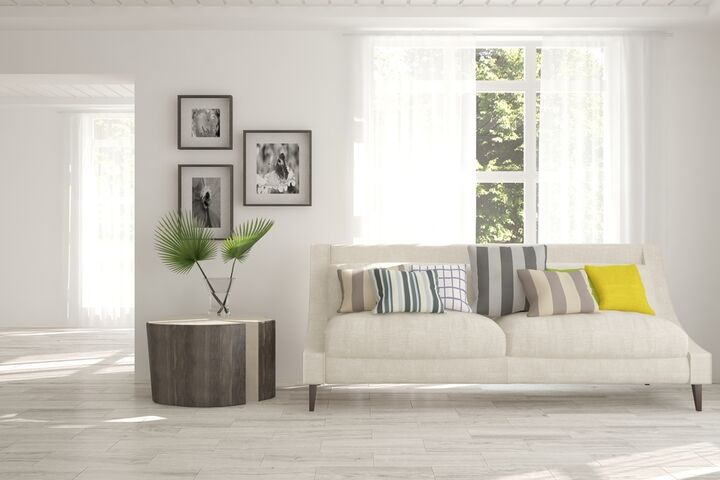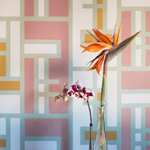
Scandinavian design is one of the popular design worldwide. The design is characterized by functionality, simplicity and clean lines. The principles of the design basically state that one should be in harmony with their environment. In addition to that, the principle also says that things should be made to last rather than be replaced. Scandinavian design should complement the art of living well, as it promotes a simple home environment that enhances an unencumbered lifestyle.
History of Scandinavian design
The minimalist style of Scandinavian design emerged during the 1930s within the five Nordic countries of Denmark, Finland, Iceland, Norway and Sweden. Scandinavian design originated from a design show that traveled through the United States and Canada between 1954 and 1957. The design style promoted simple ways of living and featured the various works and designs of Nordic designers. Clean lines and simple designs that were nature inspired are the focus of the Scandinavian design. It promotes attractive designs and quality, sustainable products that are affordable and easily accessible to all types of people. During the 1950s different exhibits showcased the Scandinavian design and these played an important role in influencing the design principles in Europe and North America.
The principles of the design
Many would probably ask about the importance of Scandinavian design. It is basically for the improvement of daily life. Designers focused on interior design style with furniture, lighting, fabric, accessories, and utilitarian items such as dishes, silverware, cooking utensils and linens. The design style is associated with nature and often observed to be in contrast between abstract and natural shapes. It is common to see natural materials such as stone, wood, leather and hemp in the interior of a Scandinavian inspired home.
With the advent of the Scandinavian design from 1930s to the 1970s, there are prominent furniture designers that made a name and huge impact on the philosophy of the design and style. The following Scandinavian designers rewrote the history with their innovative designs:
1. Alvar Aalto
2. Poul Henningsen
3. Arne Jacobsen
4. Borge Mogensen
5. Verner panton
6. Hans Wegner
7. Maija Isola
Trend in Scandinavian design
Here are the features of the Scandinavian design that stood up to the principles of the design style:
1. Floors – Scandinavian interiors typically have wooden floors, in light wooden tones in all rooms except the bathroom. Rugs are usually limited to area rugs.
2. Interior surfaces – the walls, ceilings, cabinetry and furniture usually are in warm woods. The warm tones found in teak and oak are usually the preferred ones. Alternatively, walls can be decorated in wood-themed wallpapers.
3. Eco-friendly materials – the principles of the Scandinavian design promotes eco friendly homes with organic, sustainable building materials for flooring, walls, siding and roofing.
4. Colors – it is common to see interiors with white walls and cool blue and gray textiles. In certain homes, brighter pops of color such as yellow and orange are found in Marimekko fabric and rugs.
5. Accessories - “less is more” is one of the philosophies in Scandinavian design. The accessories are usually scaled down to avoid the accumulation of clutter and fewer visual distractions.
6. Fireplaces – winter in the Scandinavian countries can be described as harsh. Therefore, most homes have large fireplaces. The design of the fireplaces are usually simple, and embellished with attractive tiles.




